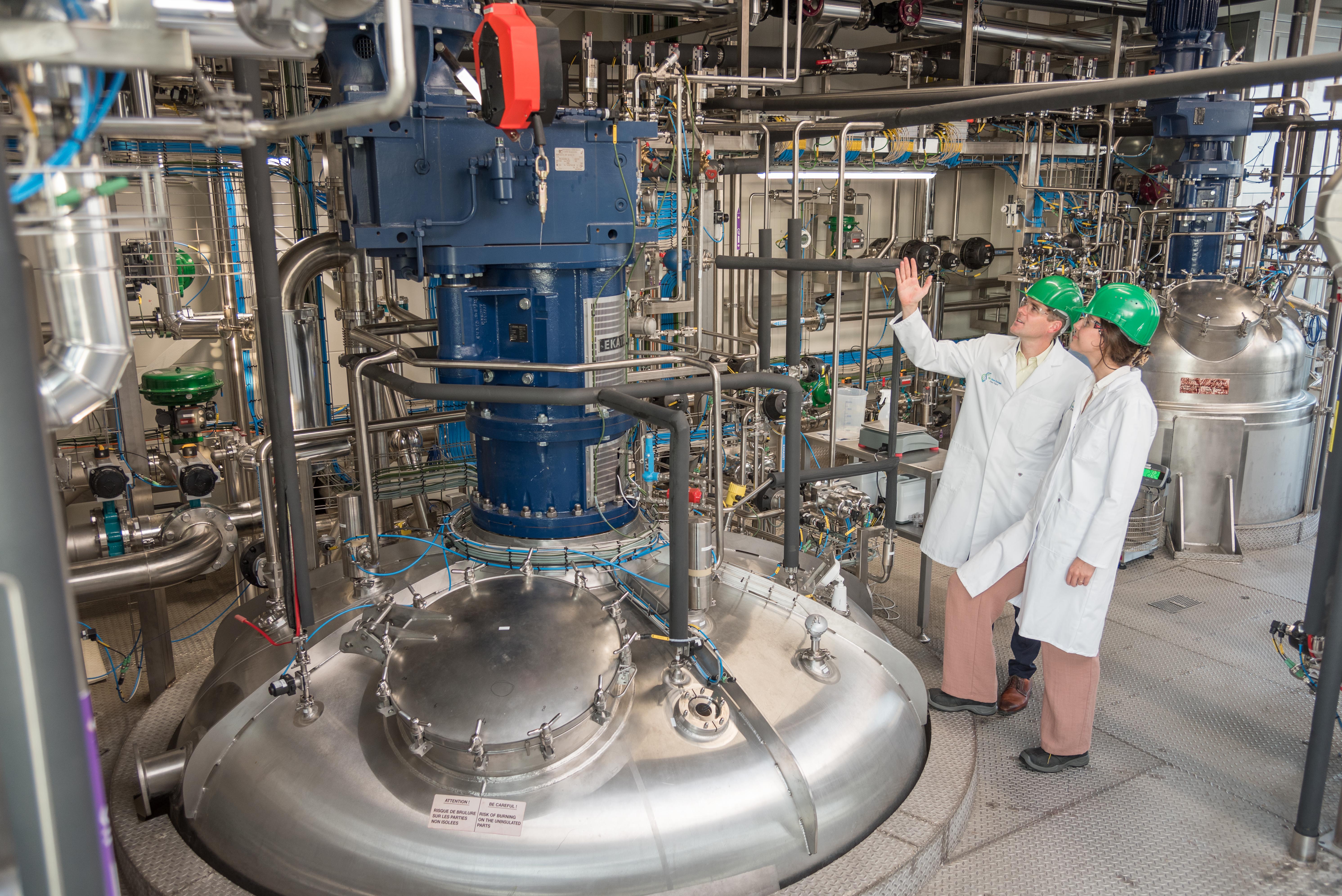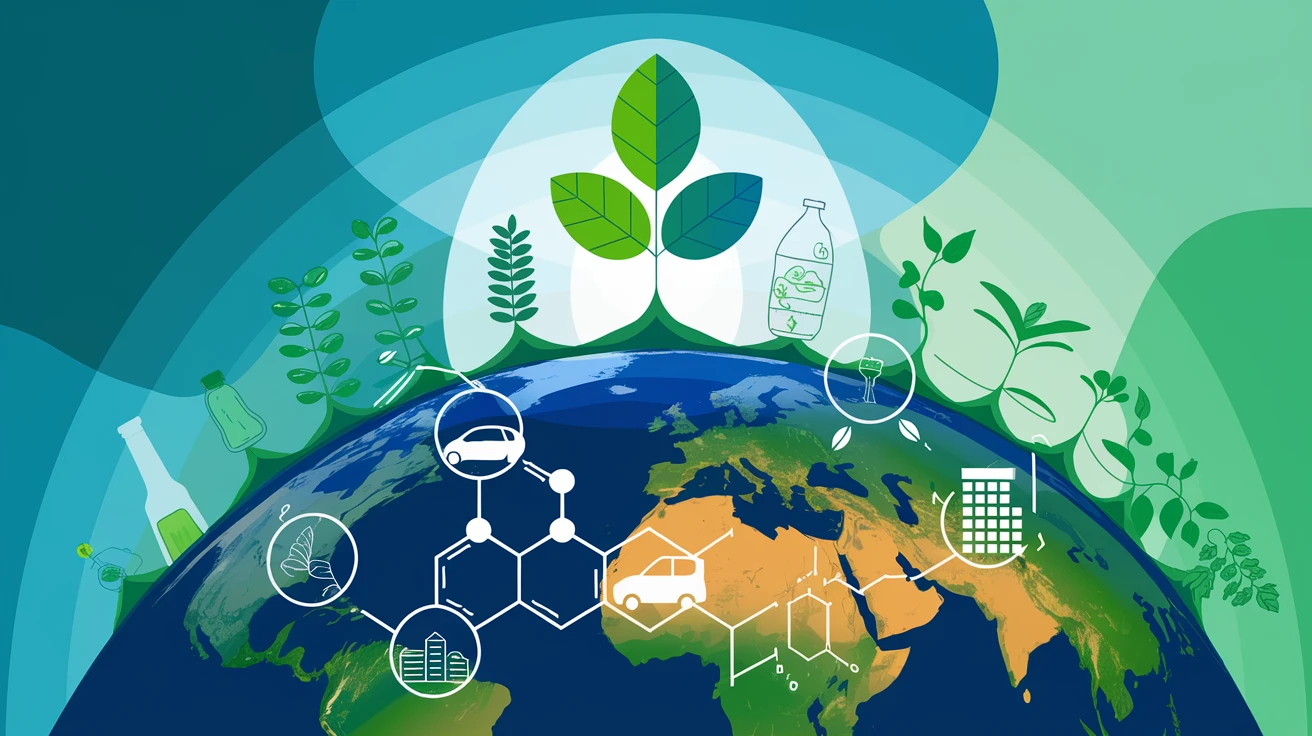Forging the Future of Our Bioeconomy by Bridging the Valley of Death
From sustainable protein production to high-value chemicals, BBEPP is creating that bridge by empowering startups worldwide to scale their bio-based innovations efficiently
Sep 23, 2024
[Ideogram.ai]
“Failure is a product that doesn’t get on the market.”
Bio Base Europe Pilot Plant Head of Business Operations Hendrik Waegeman isn’t alone in this belief. In its simplicity, it implies that the challenges faced along the way aren’t failures themselves. However, failing to address those challenges appropriately can indeed lead to the ultimate failure.
One of the biggest hurdles to the success of any bio-based product is the so-called “valley of death,” where many innovative products languish and ultimately die before they ever get a chance to make it to the market. It is this stage in between proving an idea technically and commercializing it that requires a significant amount of capex and opex—an amount that many just aren’t able to achieve for various reasons.
This is exactly where Ghent, Belgium-based Bio Base Europe Pilot Plant (BBEPP) comes in: providing the technical expertise and instrumentation to support scale-up while removing the often crippling factor of financial investment (or lack thereof). In doing so, BBEPP is bringing us closer to a robust, sustainable bioeconomy—and a better future for us all.
Driving the Global Bioeconomy…
BBEPP is dedicated to ushering in a sustainable, bio-based economy globally, not just in Europe. Their model—leveraged by millions of euros from a series of infrastructure grants from the European Regional Development Fund and doubled by their own co-funding—offers process development, scale-up, and custom manufacturing of bio-based products to customers on a fee-based structure. Most companies going through the BBEPP funnel eventually engineer their own production plant or outsource their processes to a CDMO—processes that BBEPP also provides support for.

“We can help optimize the process, we can help in scale up, we can help in early production, and quite recently, we started helping in engineering of the plant,” explains Waegeman. “When people see that we can help scale up and design their plant, then they understand that they won’t get stuck in between, and that’s very valuable.”
BBEPP’s operating model is one that has been proven to work over the past 15 years. In fact, in a report Schmidt Futures prepared for the Biden Administration outlining what the United States bioeconomy needs to mitigate areas of lack, BBEPP was described as “the gold standard for biomanufacturing pilot facilities [that is] catalyzing the growth of a European biomanufacturing industry.”
And although BBEPP is based in Europe, having served over 250 startups on over 700 projects, they’ve also supported American (North and South) and Asian companies, too.
“We see ourselves as a global player,” says Waegeman. “I don’t think location is that important—it’s the quality of the work; being sure that you get help is much more important. You come to us, you get the support you need, and then, of course, you can build your own plant right close to home.”
… and Building a Greener World
The hundreds of projects BBEPP has supported for their customers span the entire range of possible products, from flavors and fragrances to medical products to specialty chemicals—and everything in between. However, regardless of whether a customer is working on an alternative protein or a diagnostic device, sustainability is always a part of the process.
For example, in a project with food ingredients producer Arbiom, the process for producing protein-rich fish feed from wood and wood residues was successfully scaled. This project was the necessary proof-of-concept of the company’s “Wood to Food” technology and underpins SylPro®, their revolutionary animal feed protein ingredient. In another project, BBEPP is supporting the use of food crop waste to produce lactic acid and microbial biosurfactants, two key ingredients in cosmetic and home care products. These are just two of several revolutionary products repurposing waste streams to create high-value, sustainable products.

But solid waste isn’t the only input material that BBEPP is leveraging with their customers: they’re also working on turning C1 waste gas and biomass into several diverse products. Due to the challenges associated with bringing gasses from their emission source to the fermenter, however, BBEPP developed an elegant solution: the Bio Base Europe Mobile Pilot Plant (BBMPP), which is directly connected to the emitting source. The BBMPP has already been used to convert industrial carbon dioxide into PHB bioplastic at 100L scale and also to convert syngas (CO, CO2, and H2) into acetic acid, which is then used to make high-purity microbial oils for diesel and jet biofuels.
But is it Really Better?
There are plenty of success stories from BBEPP demonstrating that the model works—and things are only going to get better. The organization recently clinched a €34 million budget, enabling them to double the fermentation capacity on a pilot scale and, on top of that, acquire a 75,000 L bioreactor, which Waegeman believes will be a game-changer for BBEPP customers. Often, processes scaled to the 15,000 L bioreactors at BBEPP still required significant investments after transferring the tech to a larger scale CDMO, usually because those CDMOs did not have all the downstream unit operations available and tried to pass the investment costs to the customer. For start-ups with limited budgets, this is a killer.
“If you invest into a facility, you’re bound to the CDMO. Negotiation power is very limited, and you end up a bit stuck. With the 75 cube bioreactor, we’re able to scale to the level that our customers need, but they have full freedom, no investments required,” explains Waegeman.
On top of that, for customers who have gone through the process of scaling products before and come to BBEPP with a good understanding of what is needed to scale, time from bench to exiting the BBEPP funnel can be as short as six months—crucial in an industry where time to market can make or break your company.

But is all of this really going to bring the change the industry needs? One of the biggest challenges facing bio-based products remains their cost-effectiveness compared to synthetic products. But Waegeman believes all of that is going to change soon. Already, BBEPP has enabled bio-based production of 2-PE (rose fragrance) at near synthetic prices together with the Dutch company DAB.bio. More examples are to follow, and the key, believes Waegeman, is the use of continuous manufacturing, which underpins most of the examples discussed here—including the conversion of waste gasses to high-value products.
This is really important because Waegeman predicts that commodity chemicals will soon be the next big impact area for bio-based production—even though historically, the sector has been the most unlikely candidate given how cheaply these chemicals can be made with modern, synthetic processes.
“The biggest impact area is still alternative proteins, but next is all those chemical companies that really have to start changing. If you don’t find new oil wells, in 2050 the oil will be exploited, so you see more and more a sense of urgency in the chemical industry to make the transition,” he explains. “You have big volumes, but the question will be, ‘Will we be able to produce at a cost that is acceptable?’ And that’s why I believe strongly in continuous manufacturing as being one of the ways to really reduce cost levels.”
The Bioeconomy is Already Here
The bioeconomy is no longer just a necessary goal to ensure a better future for our planet and for our children and grandchildren. The bioeconomy is already here—and one need look no further than BBEPP and the hundreds of companies it’s worked with to be convinced of this fact. By saving countless products from disappearing into the valley of death, BBEPP is the leading example of how to effectively move innovation from the bench to our homes, workplaces, and healthcare facilities. Failure to bring products to market will soon be the exception and will no longer be the main barrier to progress. I can’t wait to see what we accomplish!


















